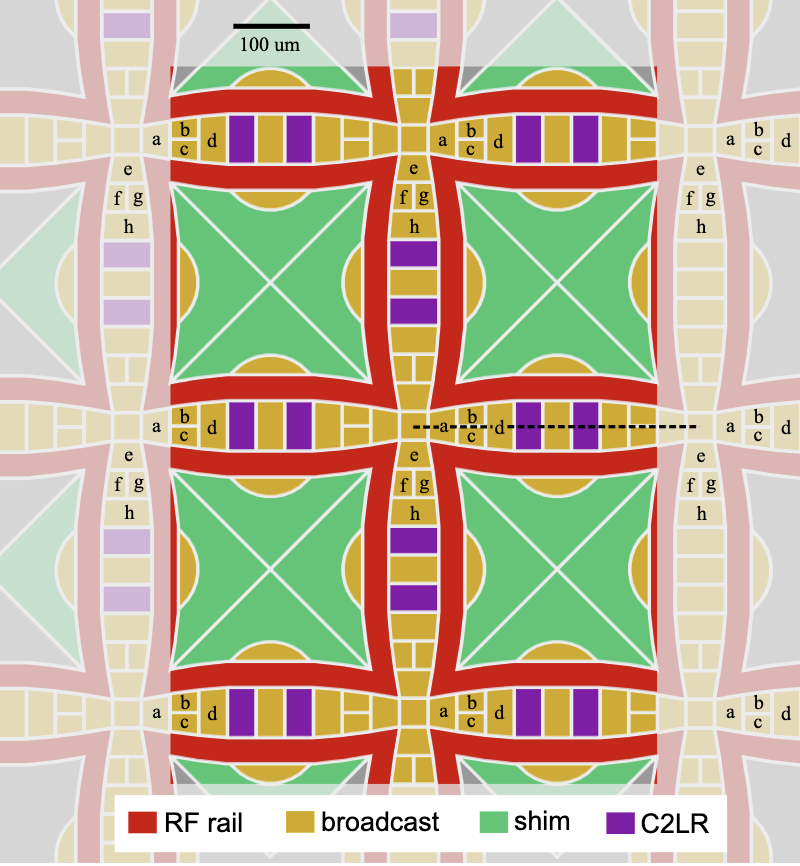Quantinuum Demonstrates Their Quantum Computers Will Scale with Major Hardware Innovation

Insider Brief
- Quantinuum have successfully demonstrated a novel approach that solves the “wiring problem” and the “sorting problem.”
- These are considered two major hurdles that limit the scalability and commercial viability of quantum computers.
- The approach is a combination of a fixed number of analog signals and a single digital input per qubit that significantly minimizing the required control complexity, along with a uniquely designed 2D trap chip.
Quantinuum, the world’s leading integrated quantum computing company, today announced a significant advancement in the field of quantum computing scalability. Researchers at Quantinuum have successfully demonstrated a novel approach that solves two major hurdles limiting the scalability and commercial viability of quantum computers: the “wiring problem” and the “sorting problem.”
Solving the Quantum Scaling Challenge
Quantum computers hold immense potential to revolutionize various industries, from drug discovery to materials science. However, achieving this potential hinges on the ability to build larger and more powerful quantum computers. One of the most significant challenges in this pursuit is scalability – how to efficiently integrate and control a growing number of qubits (the quantum equivalent of bits in classical computers).
Quantinuum’s Innovative Solution
Quantinuum’s researchers have developed a groundbreaking solution that addresses both the “wiring problem” and the “sorting problem.” Traditionally, each qubit requires numerous control signals, making it impractical to scale to larger numbers. Quantinuum’s approach utilizes a clever combination of a fixed number of analog signals and a single digital input per qubit, significantly minimizing the required control complexity. This method, coupled with a uniquely designed 2D trap chip, enables efficient qubit movement and interaction, overcoming the limitations of traditional linear or looped configurations.
Impact and Significance: Expanding Commercial Benefit and Viability
This breakthrough has significant implications for the future of quantum computing:
-
- Demonstrates scalability of the Quantum Charge-Coupled Device (QCCD) architecture: This achievement directly addresses concerns regarding the scalability of Quantinuum’s trapped-ion quantum computing architecture, proving its potential for future growth.
- Solves the “wiring problem” and “sorting problem”: This solution tackles two critical roadblocks hindering the development of large-scale quantum computers.
- Real-world implementation with impressive results: The successful demonstration on three distinct systems showcases the reproducibility and commercial viability of this approach.
- Simplifies connections between quantum and classical systems: By minimizing the control complexity, this approach simplifies the interface between quantum and classical systems, accelerating the development of hybrid quantum algorithms and facilitating faster access for real-world applications.
“This is a significant milestone not only for Quantinuum but for the entire quantum industry, propelling us into an era of widespread quantum commercialization,” said Nash Palaniswamy, Chief Commercial Officer of Quantinuum. “Our team’s groundbreaking work paves the way for building larger and more powerful quantum computers, enabling businesses to harness the transformative power of this technology and unlock real-world solutions across various sectors.”
